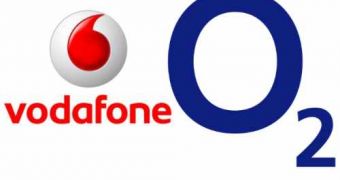The UK wireless services market is changing, as two more carriers in the country have received the necessary approvals to merge their operations, namely Vodafone and O2.
The proposed merger has already been approved, and the two are gearing up to kick off the process of strengthening “their existing network collaboration.”
As part of this deal, the two companies will share basic parts of their network infrastructure, which will enable them to provide a national network to offer mobile coverage and internet services to the vast majority of UK households.
“This partnership is about working smarter as an industry, so that we can focus on what really matters to our customers – delivering a superfast network up to two years faster than Ofcom envisages and to as many people as possible,” Ronan Dunne, CEO Telefónica UK (parent company of O2), said.
“One physical grid, running independent networks, will mean broader coverage and, crucially, investment in innovation and better competition for the customer. We look forward to Ofcom's spectrum auction and the release of 800 spectrum.”
The newly formed grid will result in real benefits for mobile phone users in the country, focused on both 2G and 3G coverage, the two companies said. Over 98 percent of the UK population will enjoy the coverage by 2015.
At the same time, the collaboration will enable the two companies to deploy competing 4G-enabled services in the country, also by 2015, up to two years before Ofcom's deadline of 2017. These services too will cover 98 percent of the country’s population.
“This is excellent news for British consumers, businesses and the wider economy: we are promising indoor coverage for 98% of the UK population across all technologies within three years,” Guy Laurence, CEO Vodafone UK, commented.
“We will bring the best mobile coverage that this country has ever enjoyed to more people than ever before. Our existing customers will benefit on the devices that they have today and we will lay the foundations for the real 4G network they will want tomorrow.”

 14 DAY TRIAL //
14 DAY TRIAL //